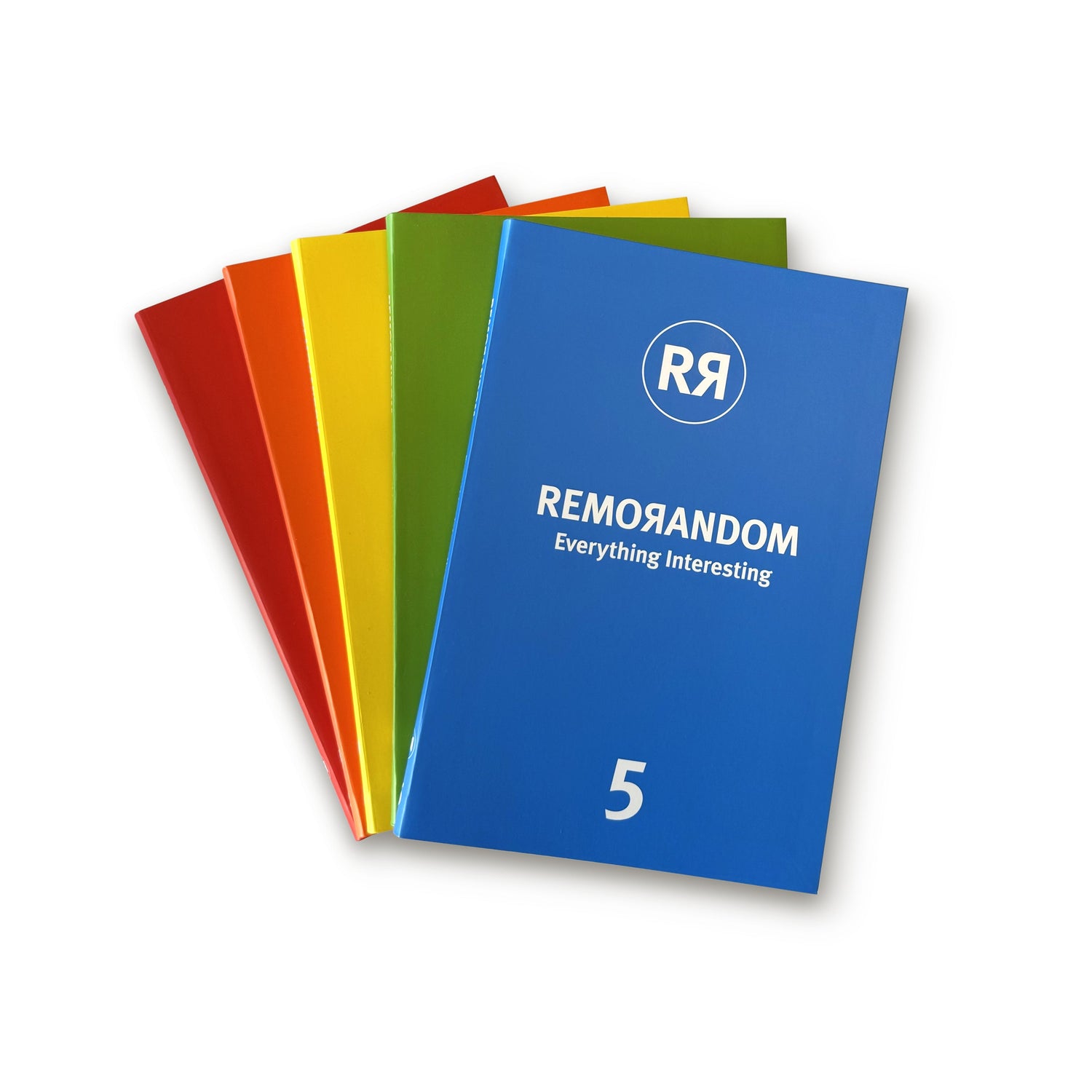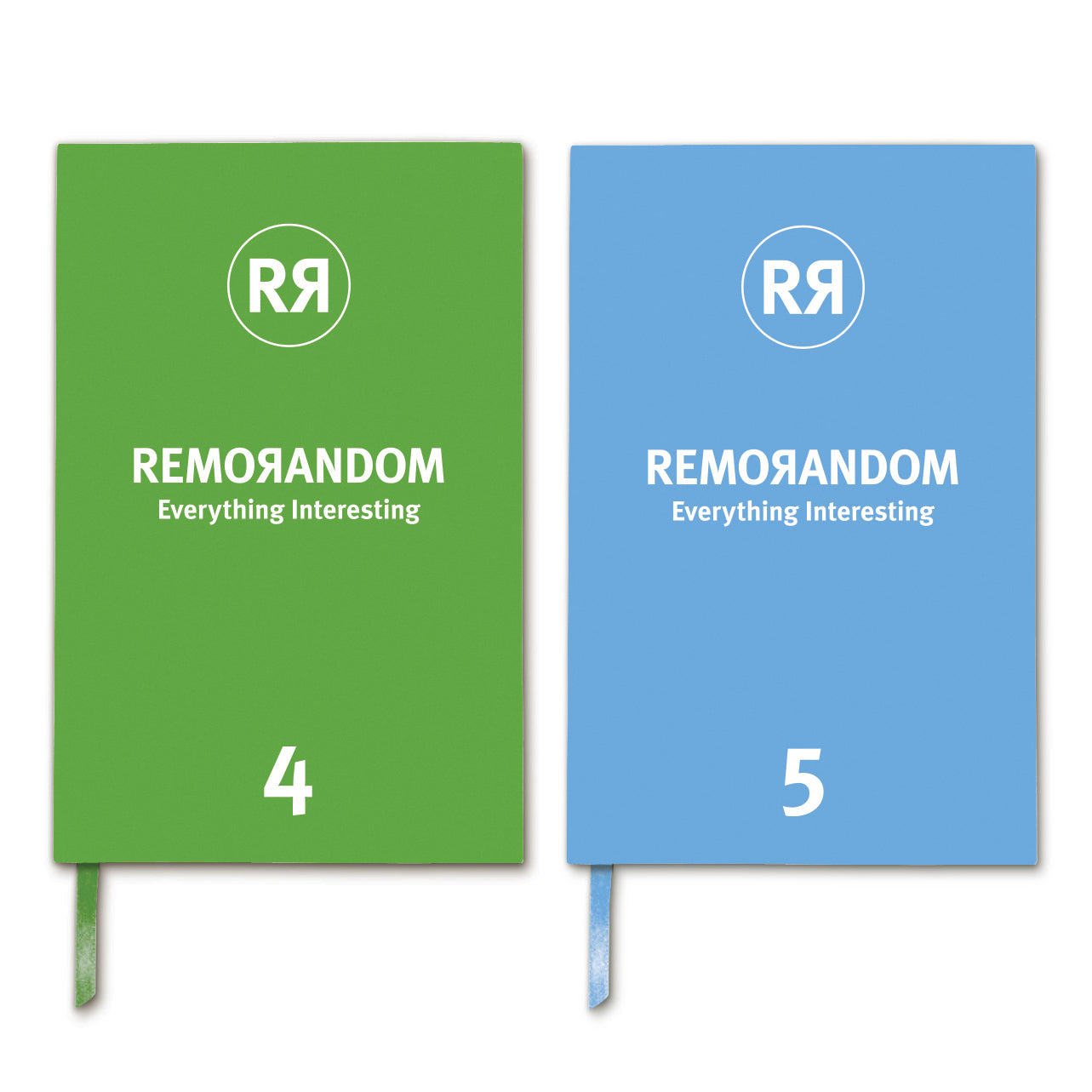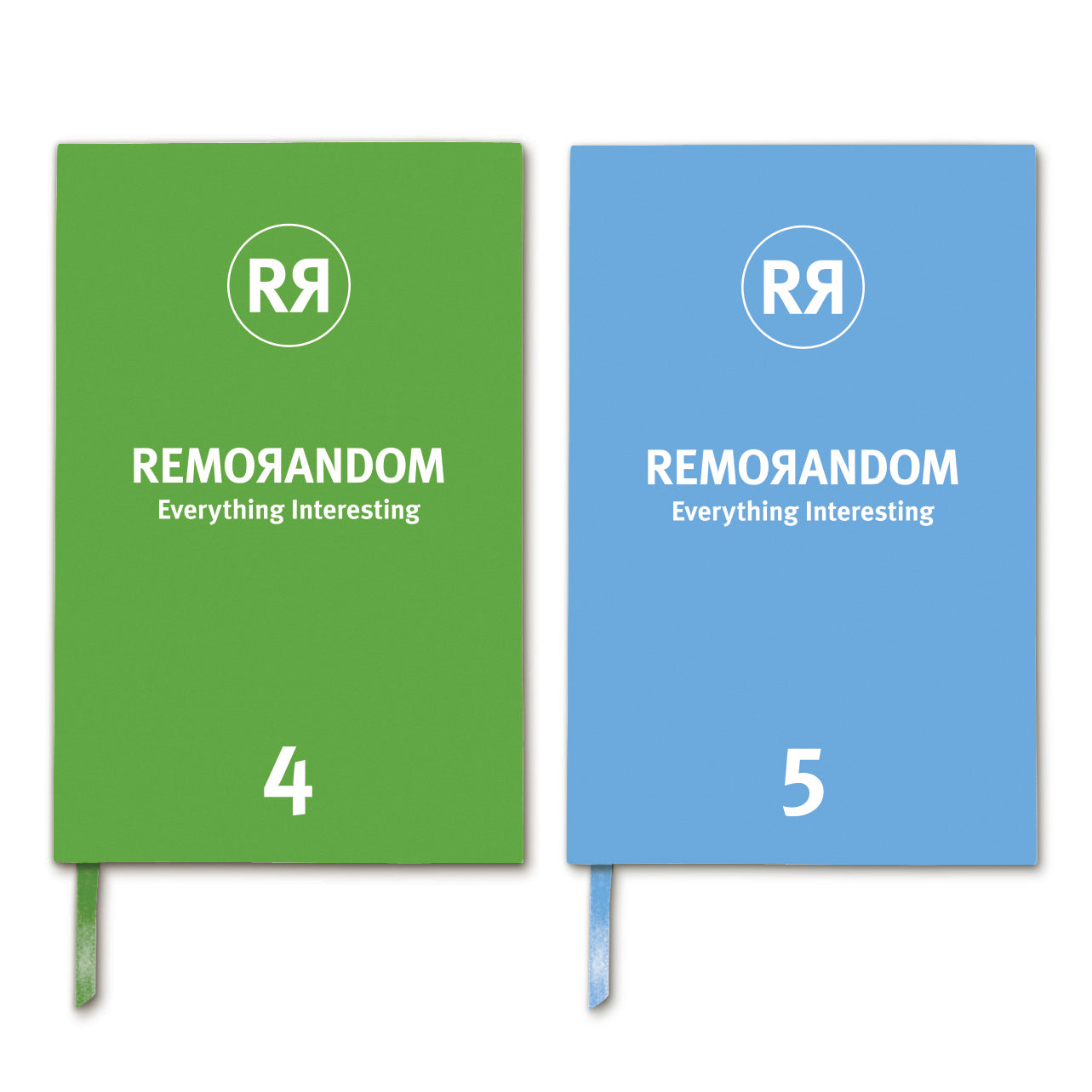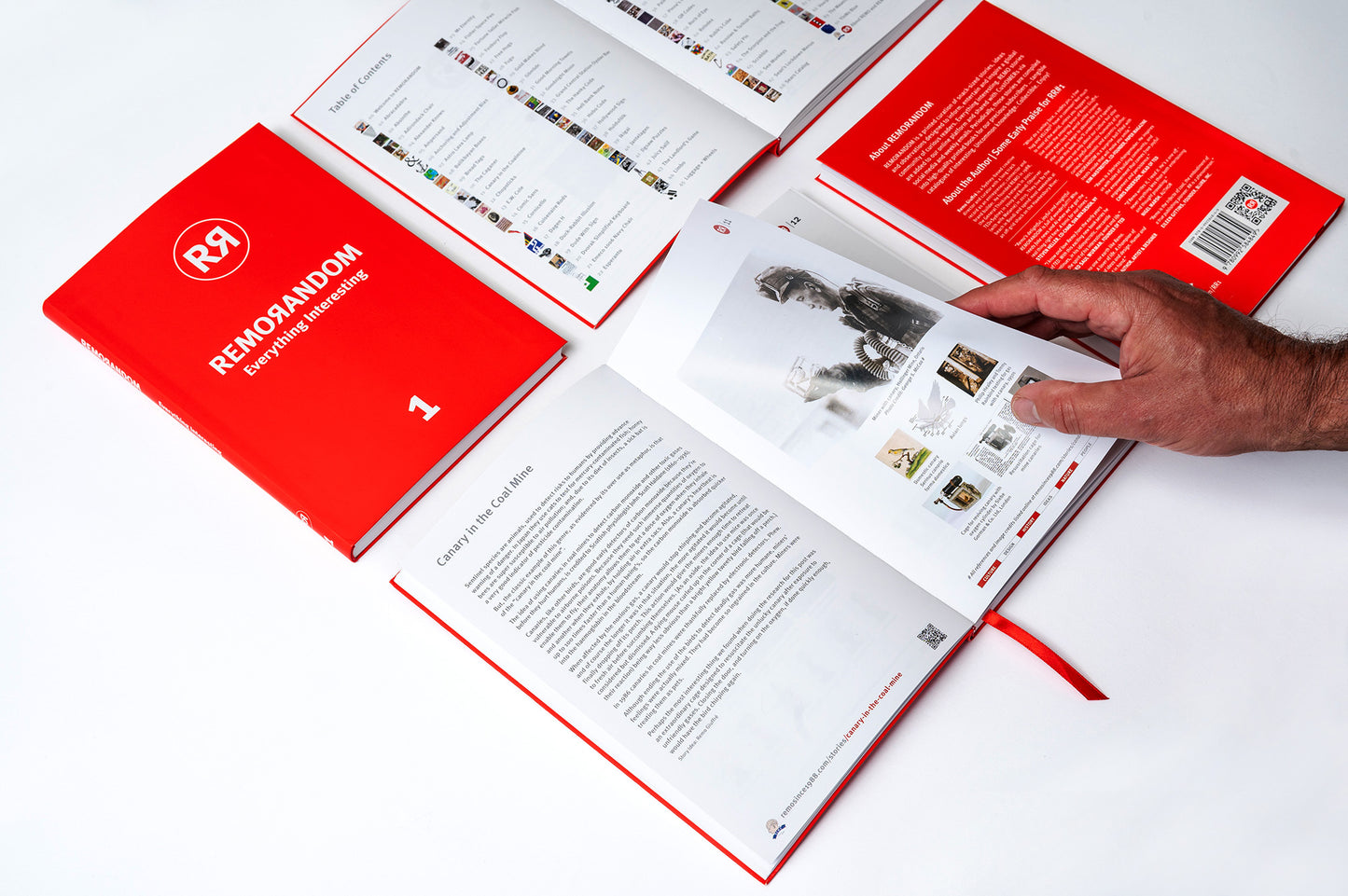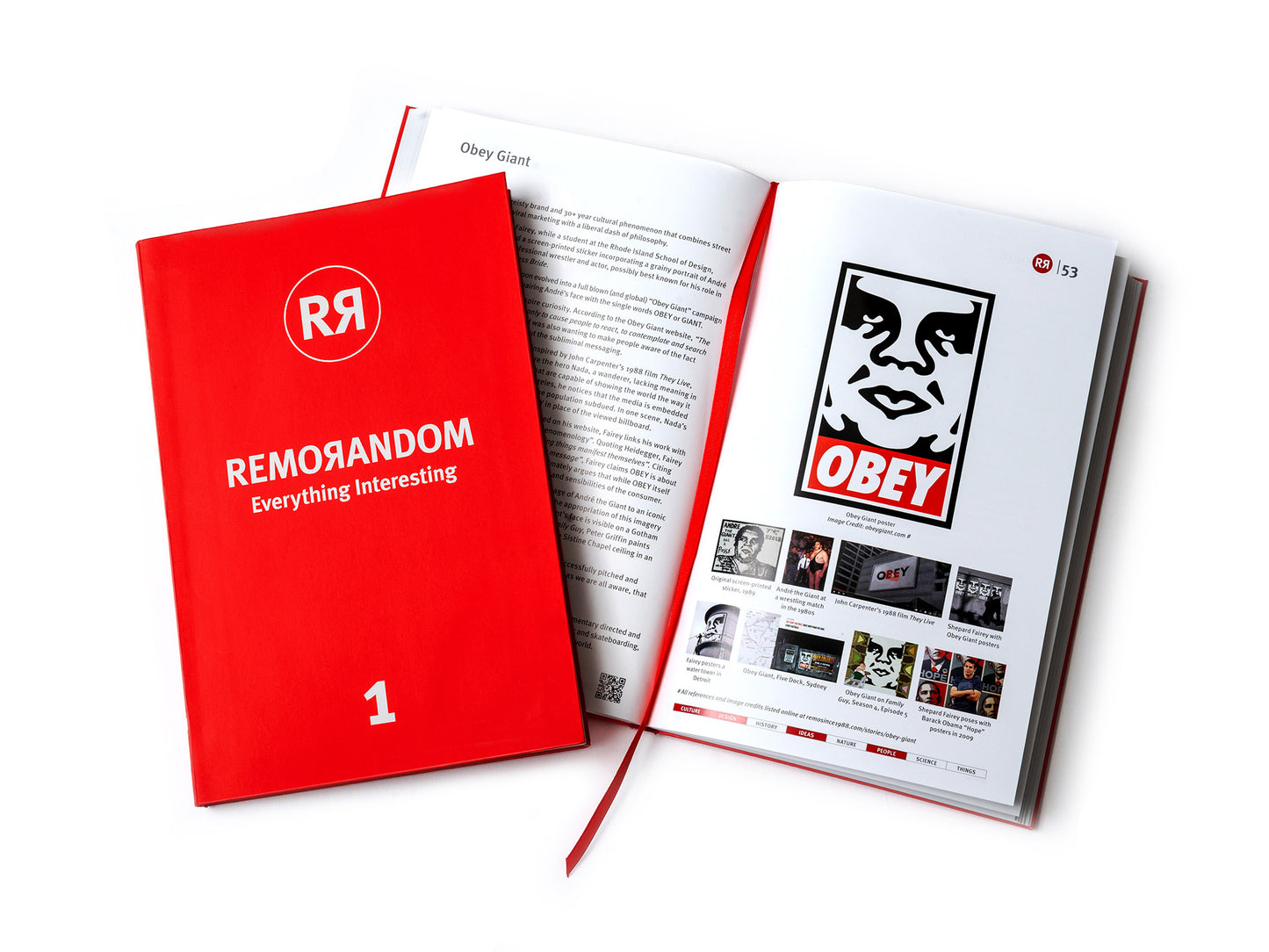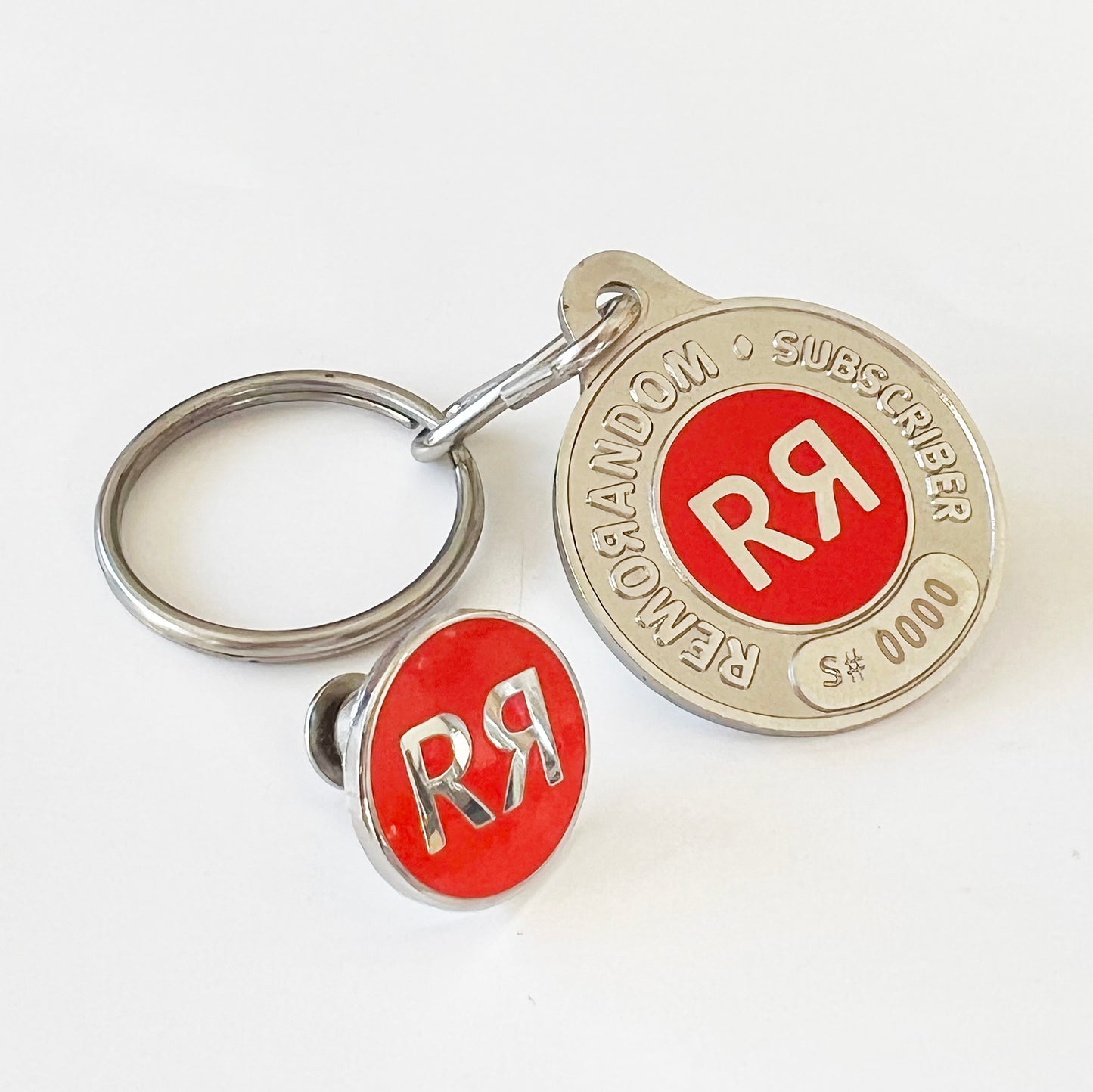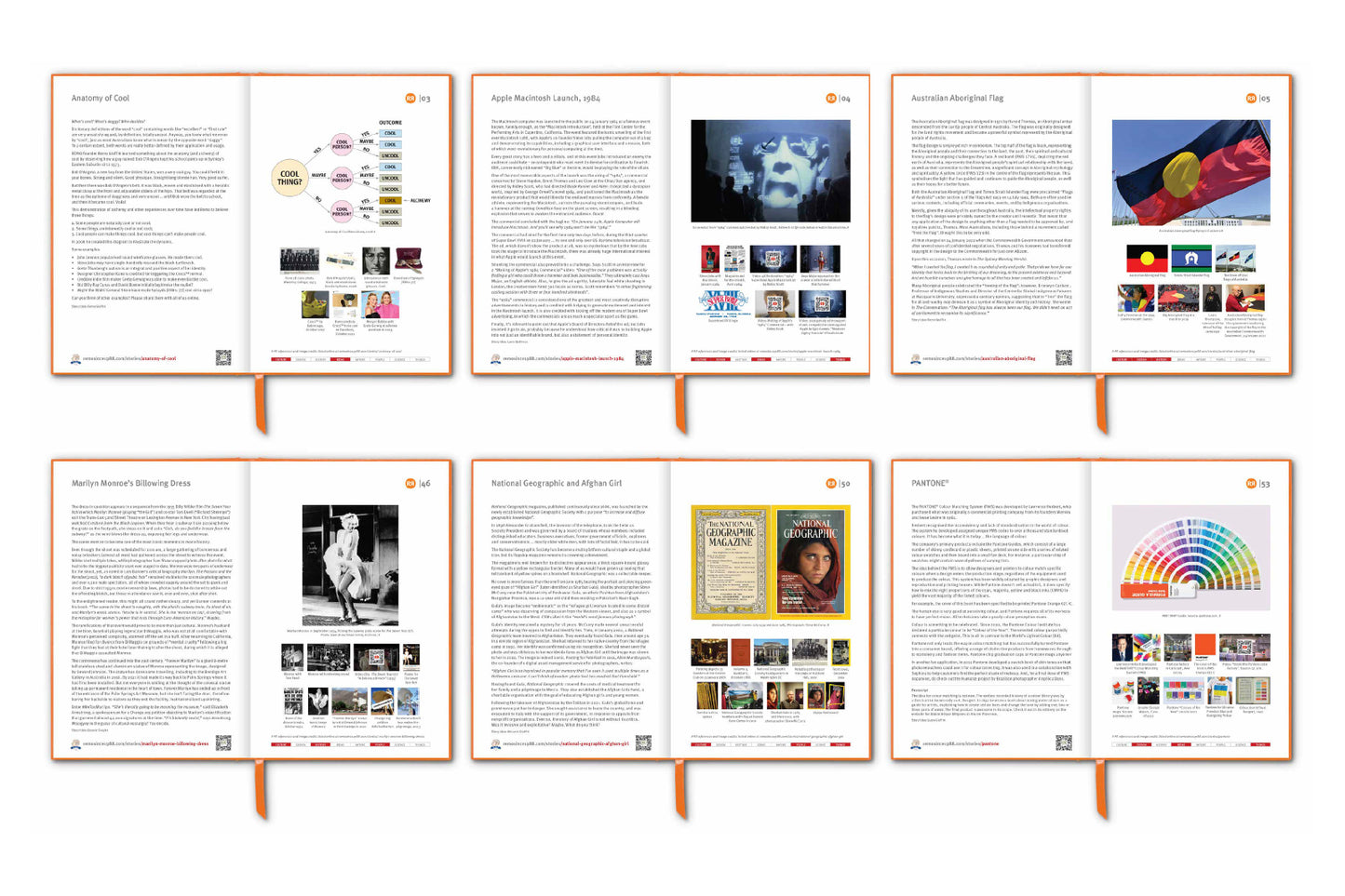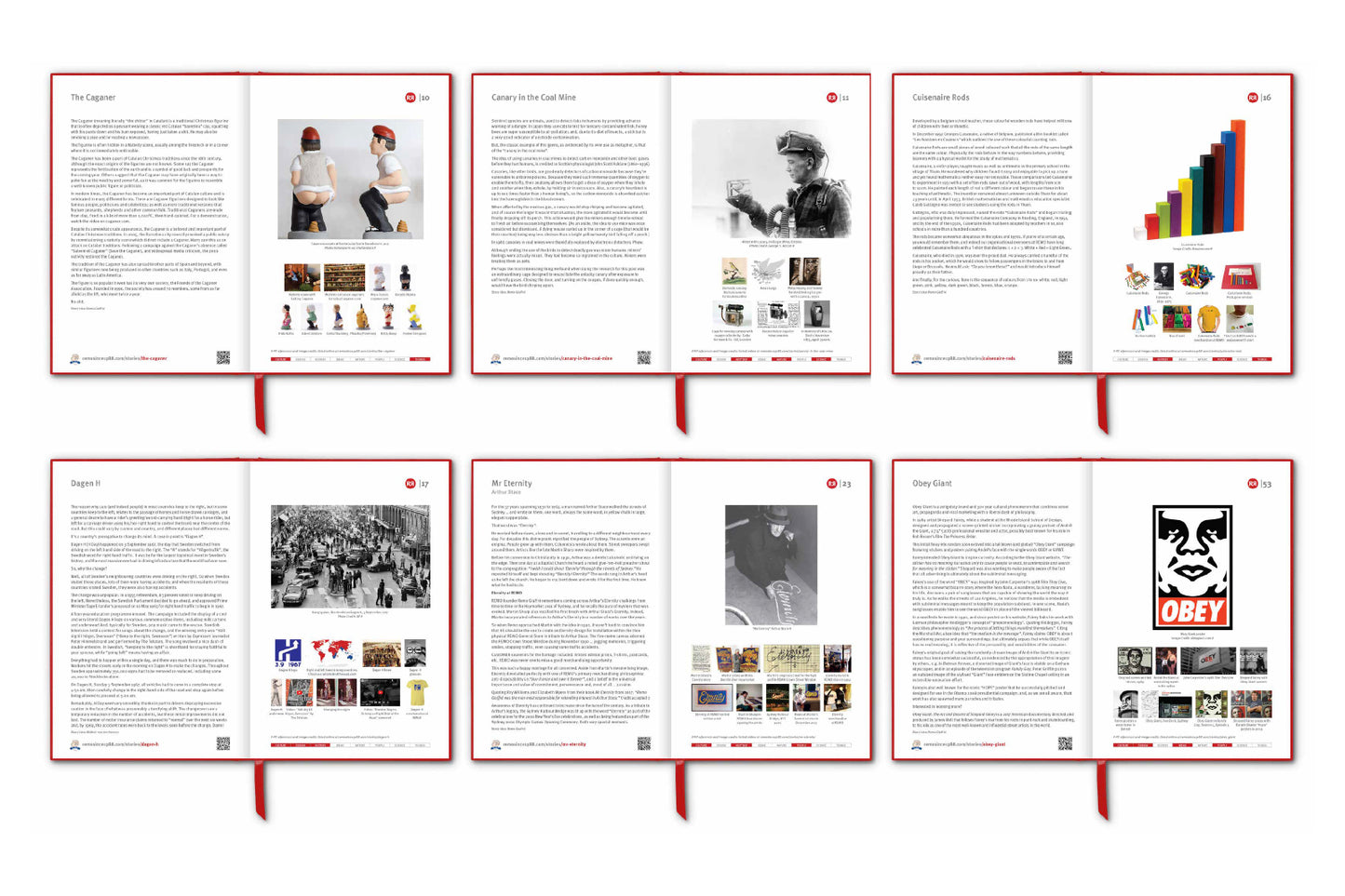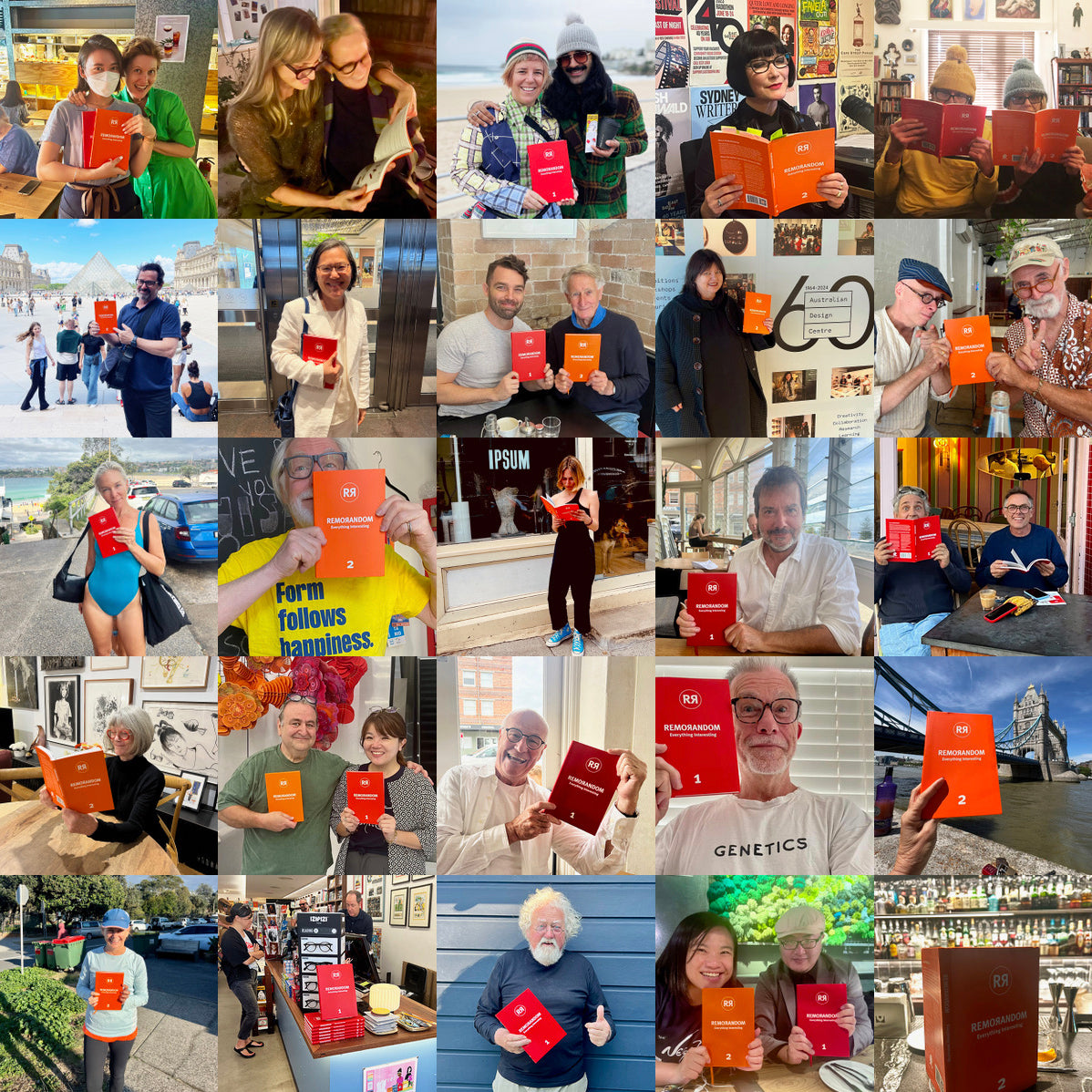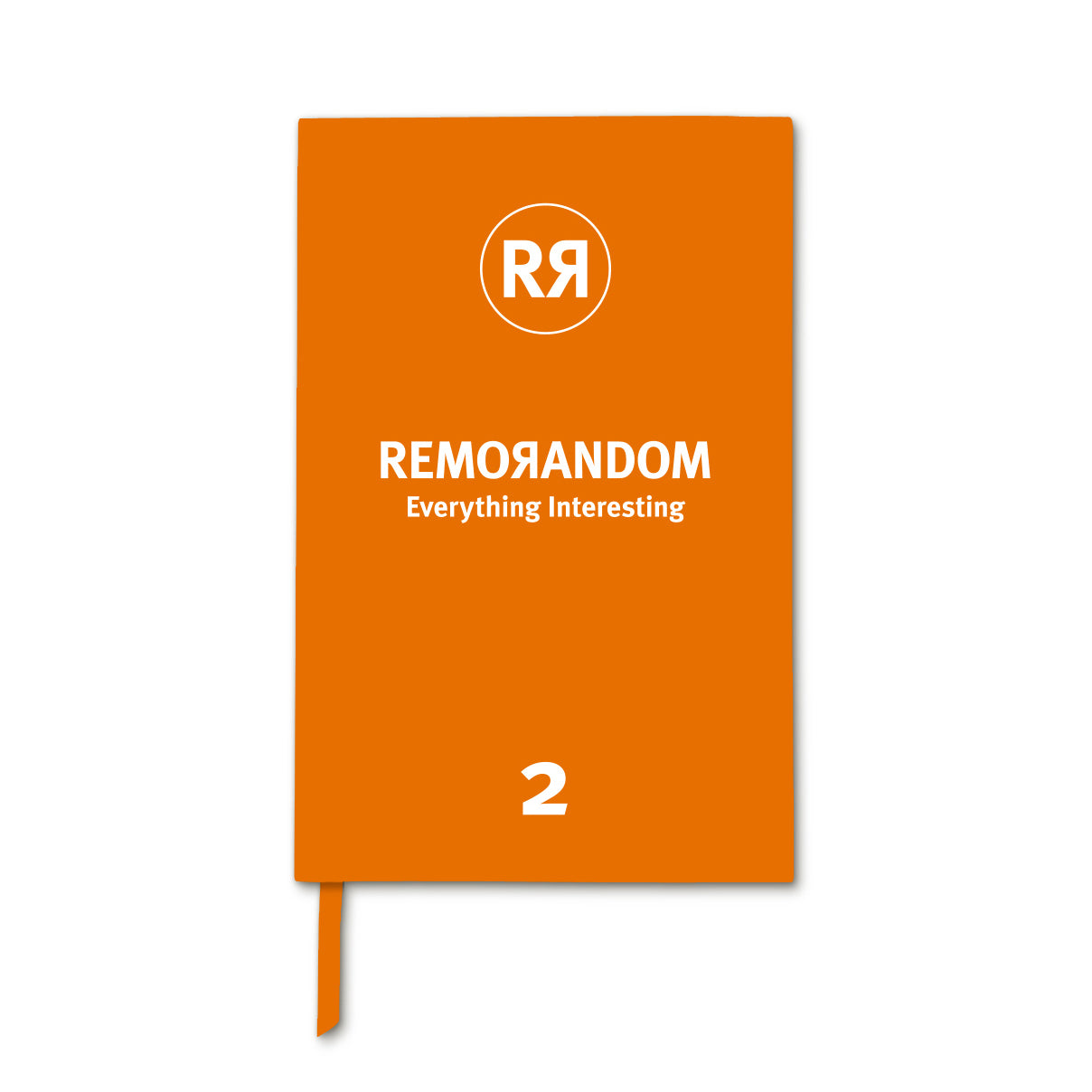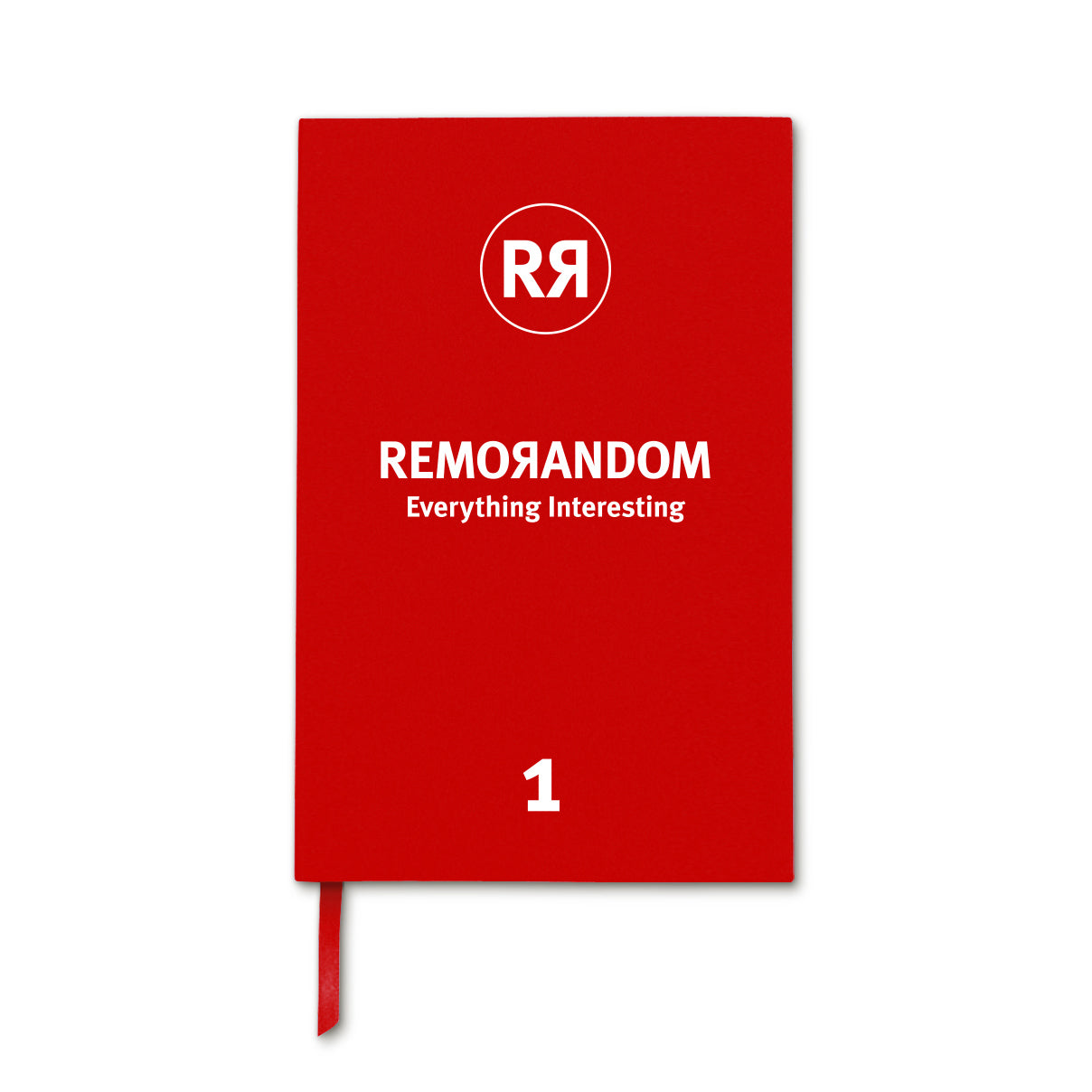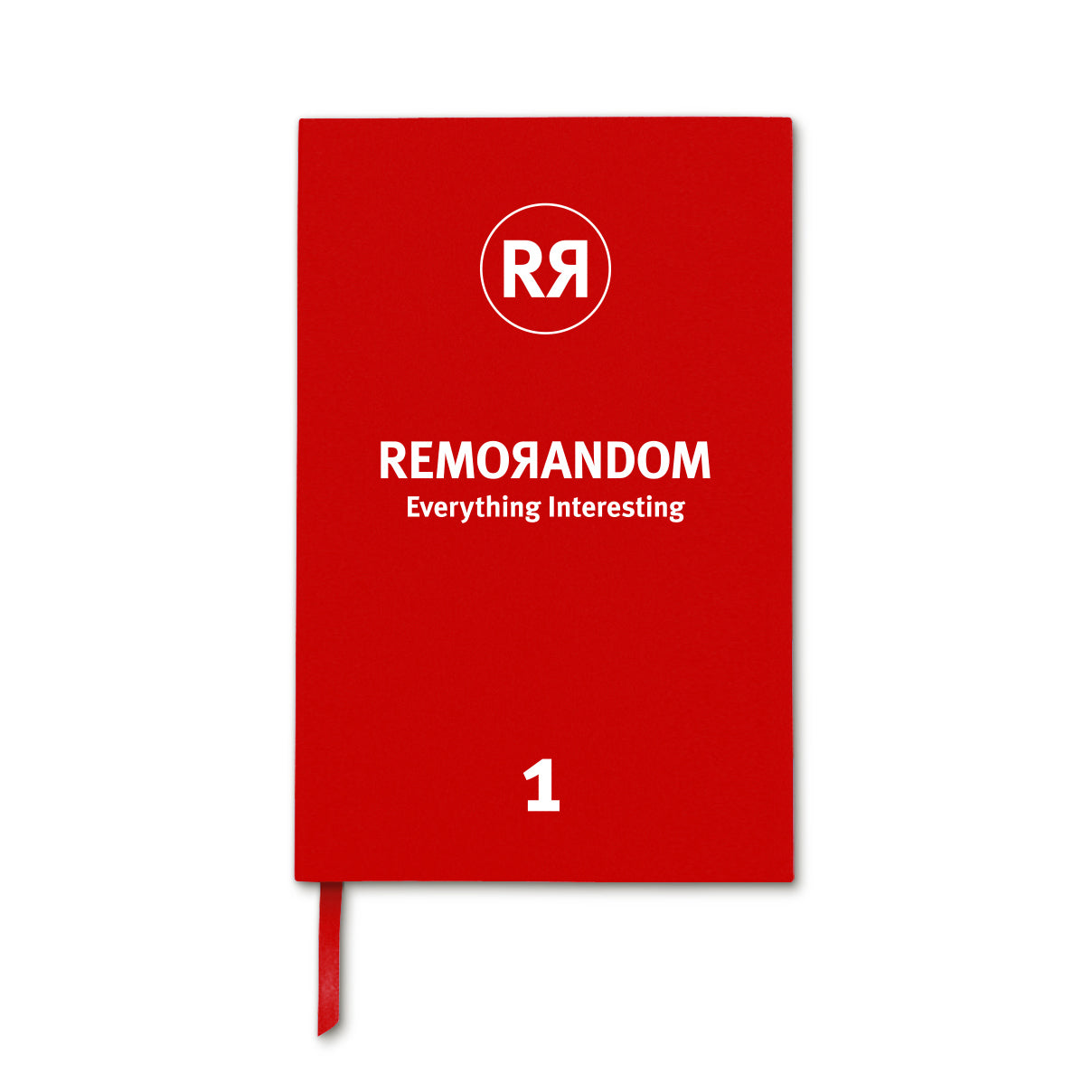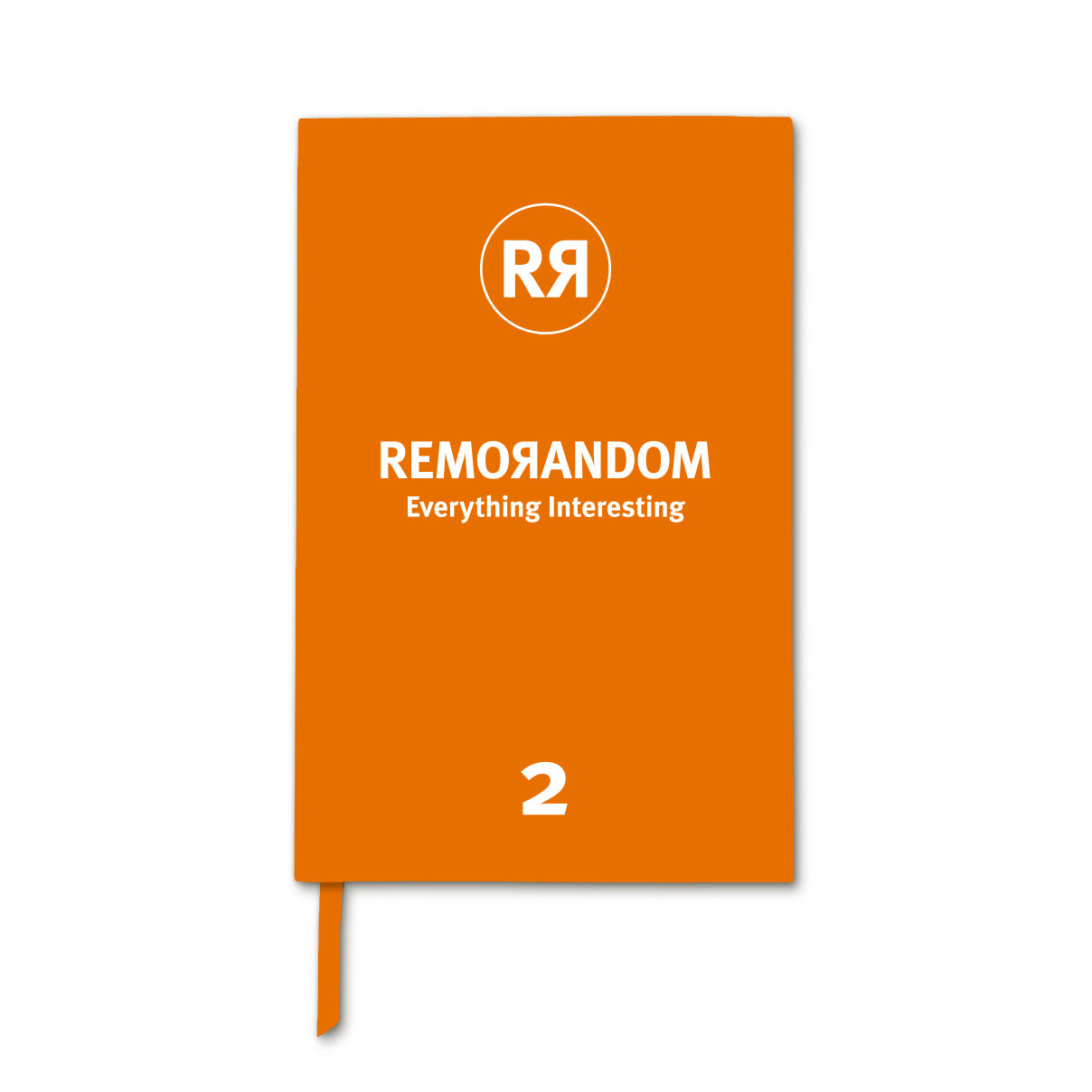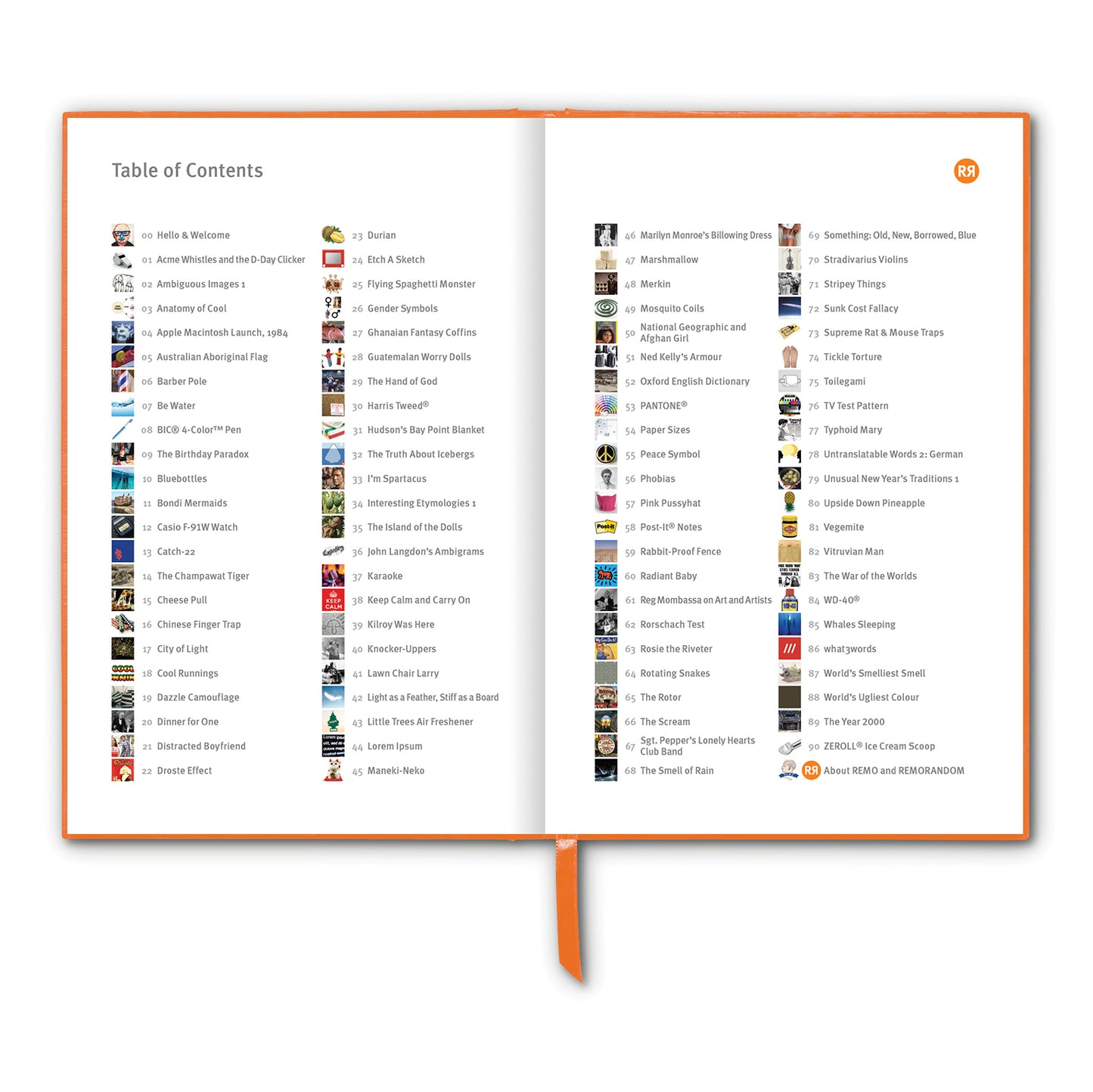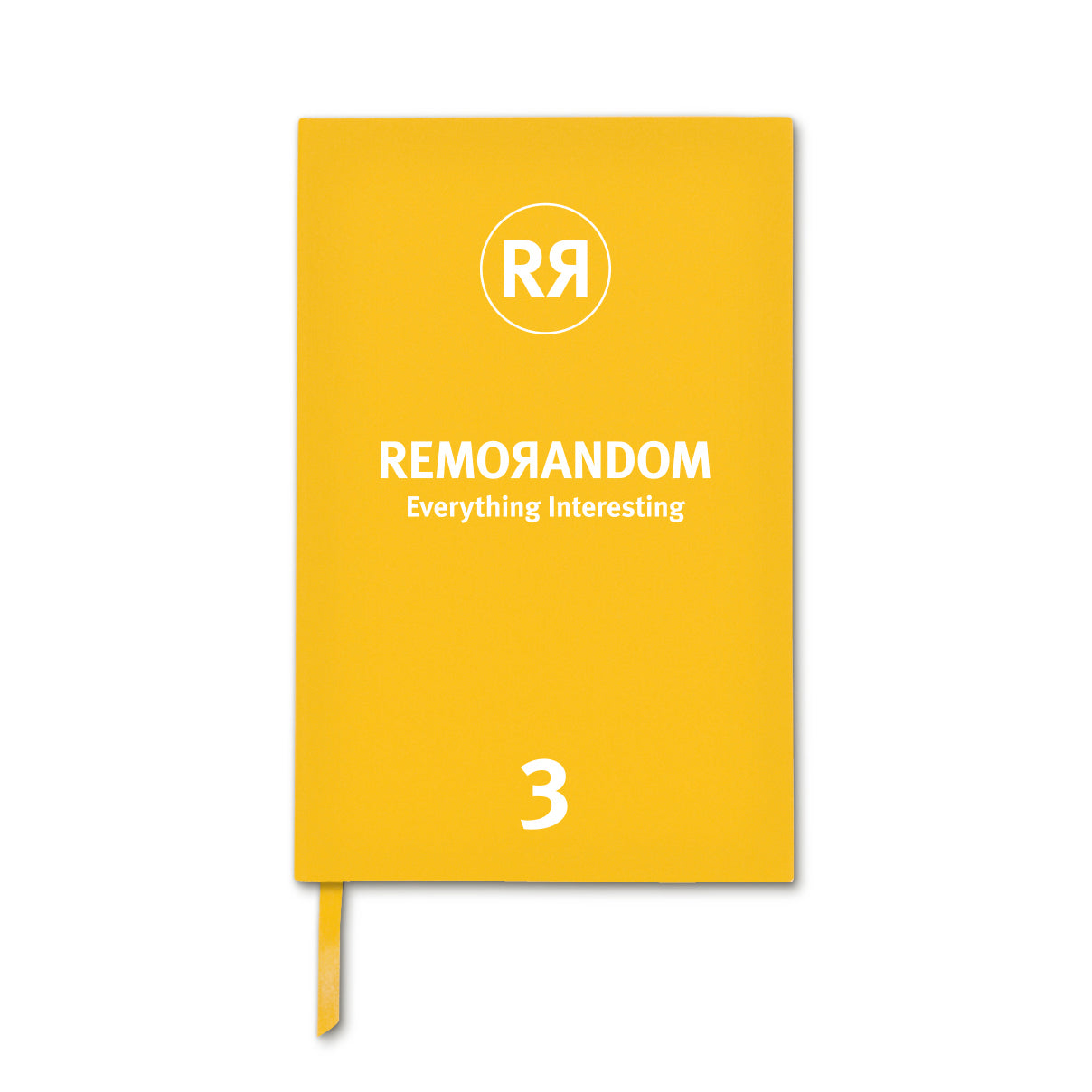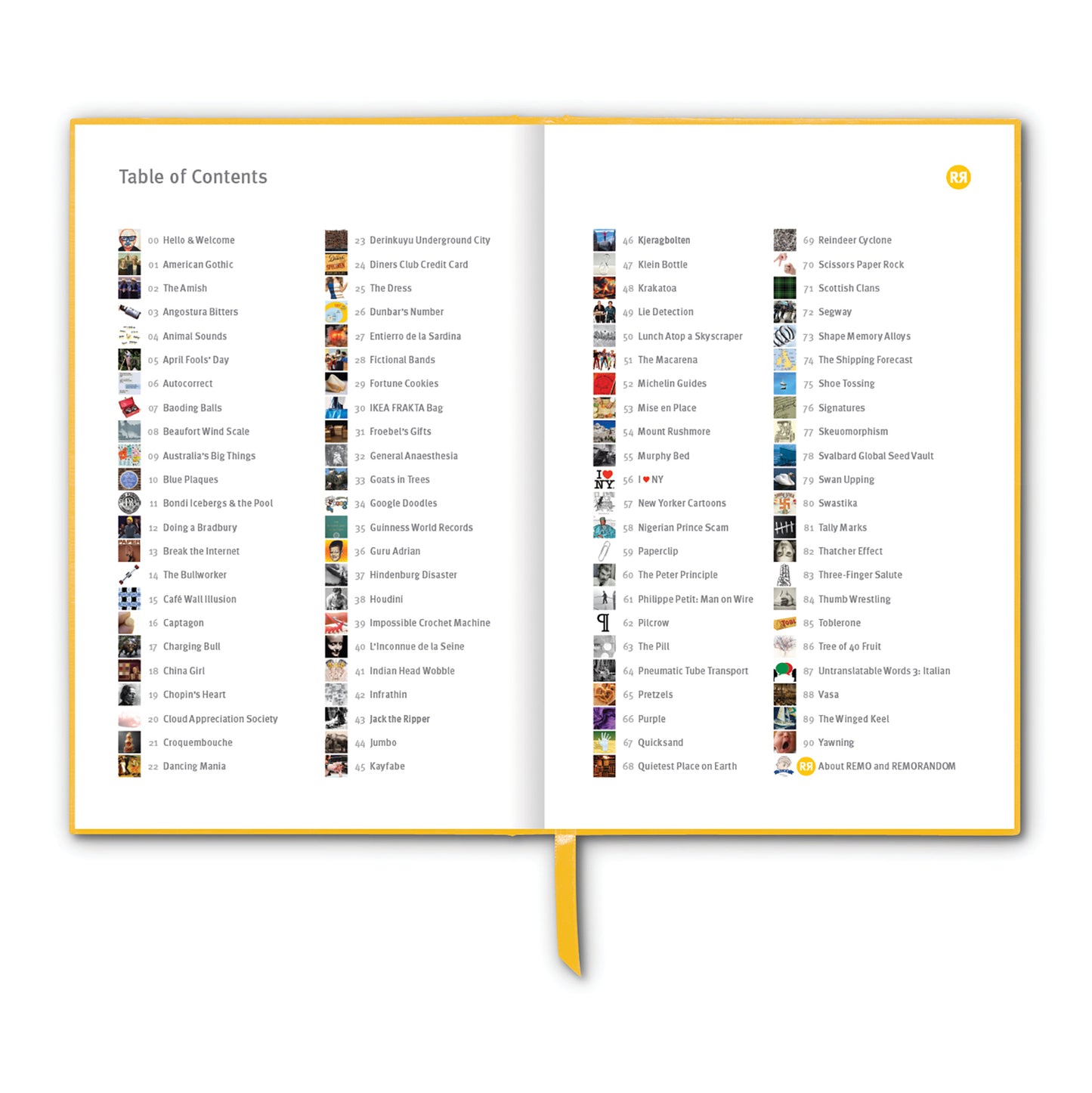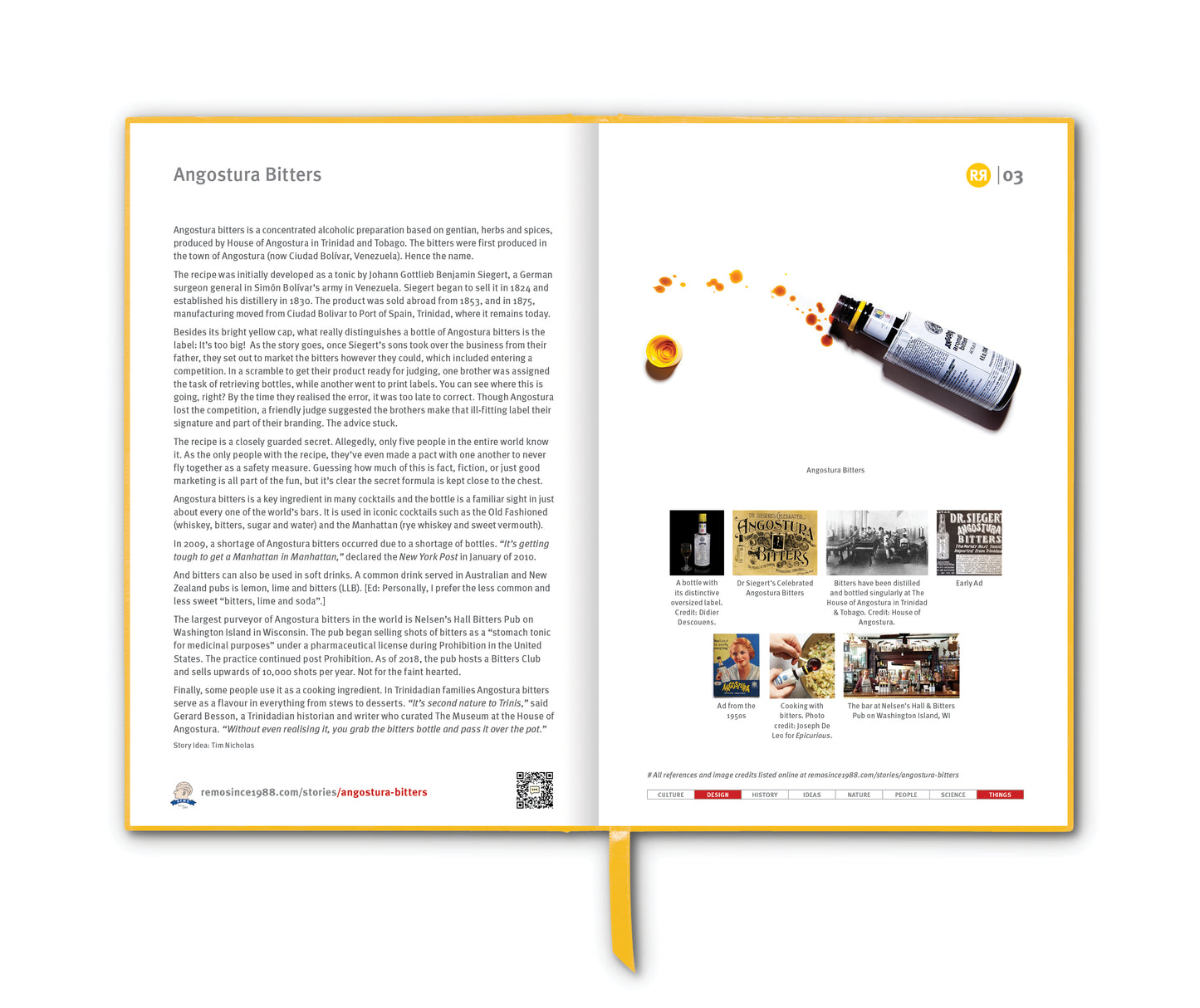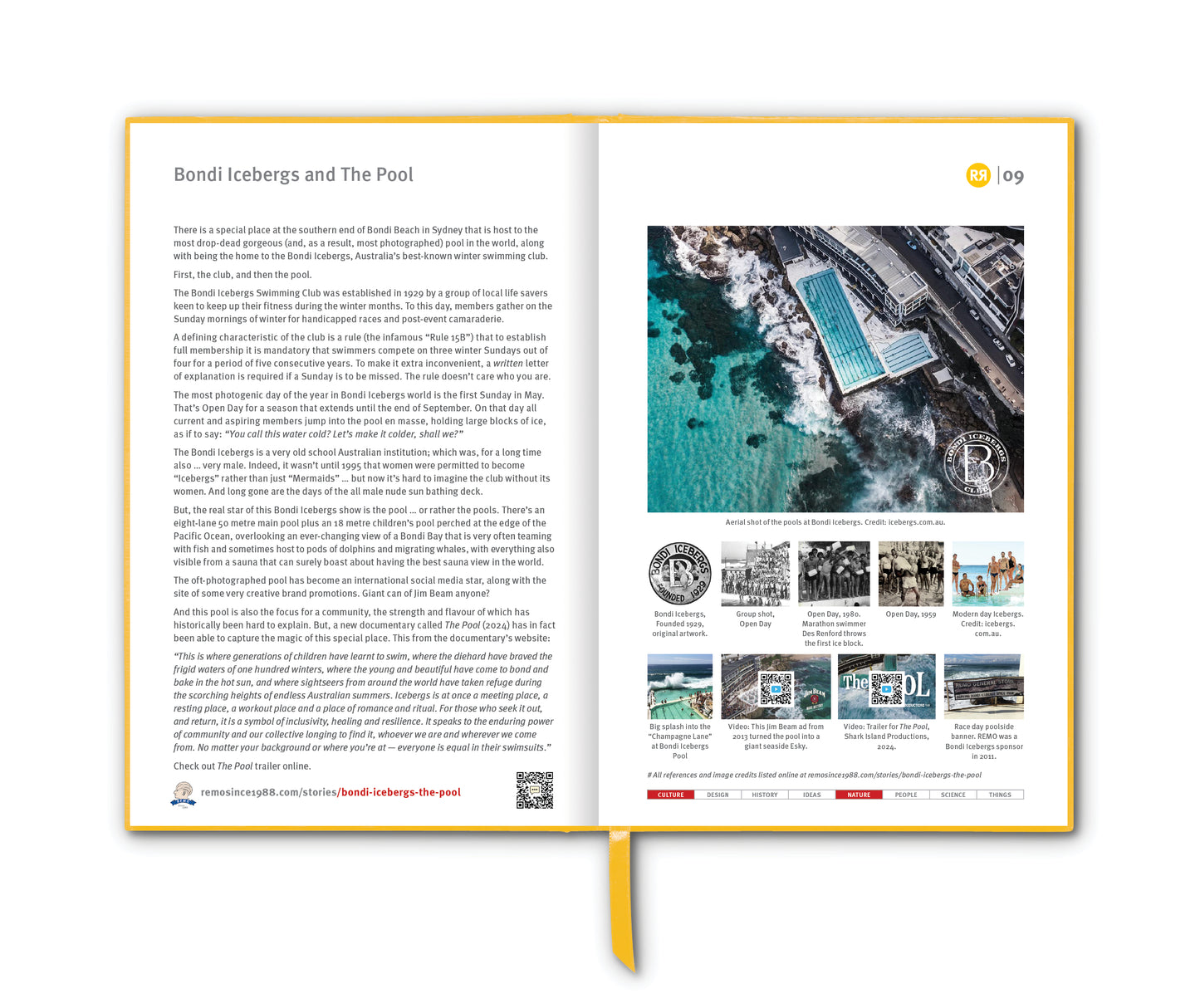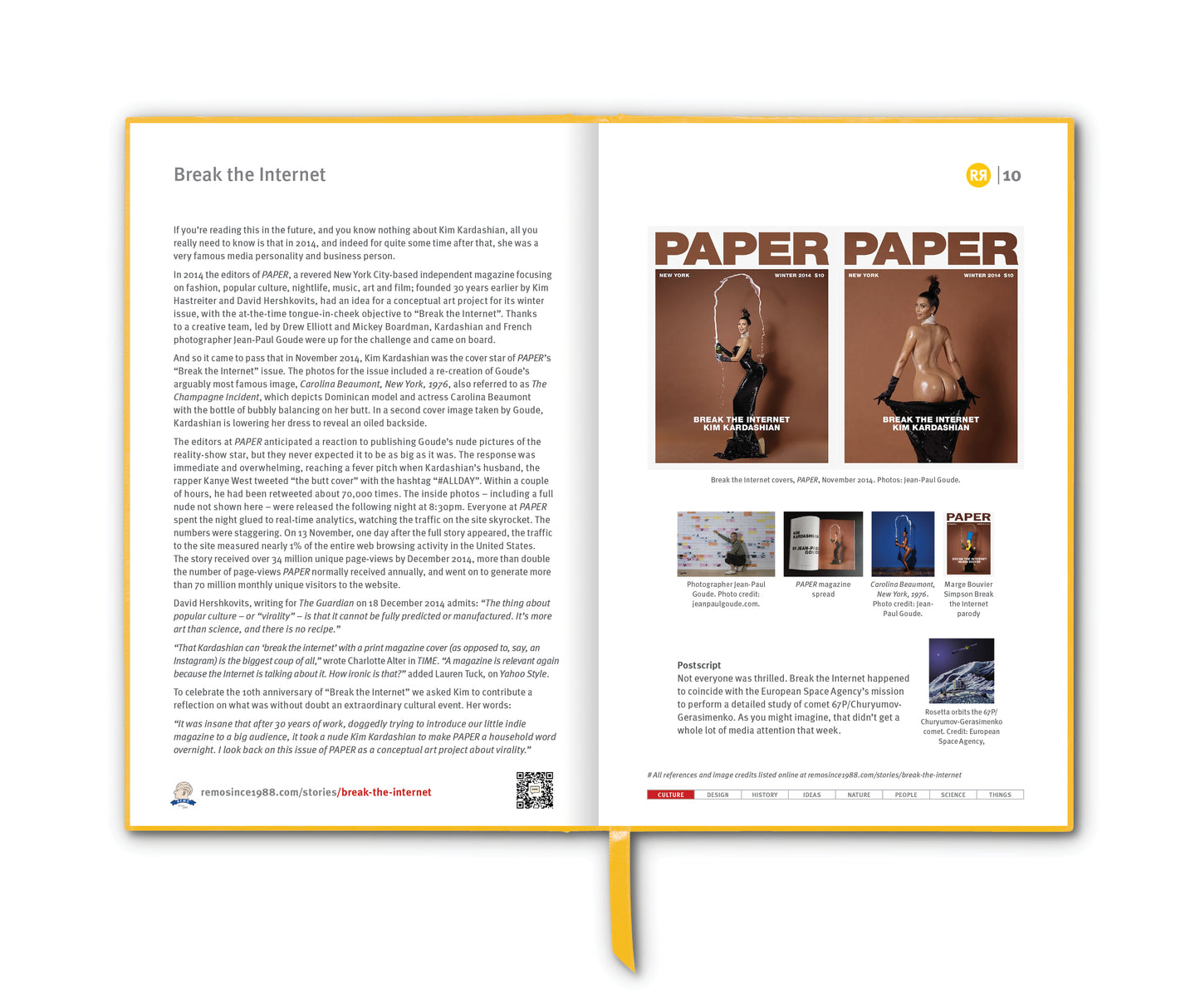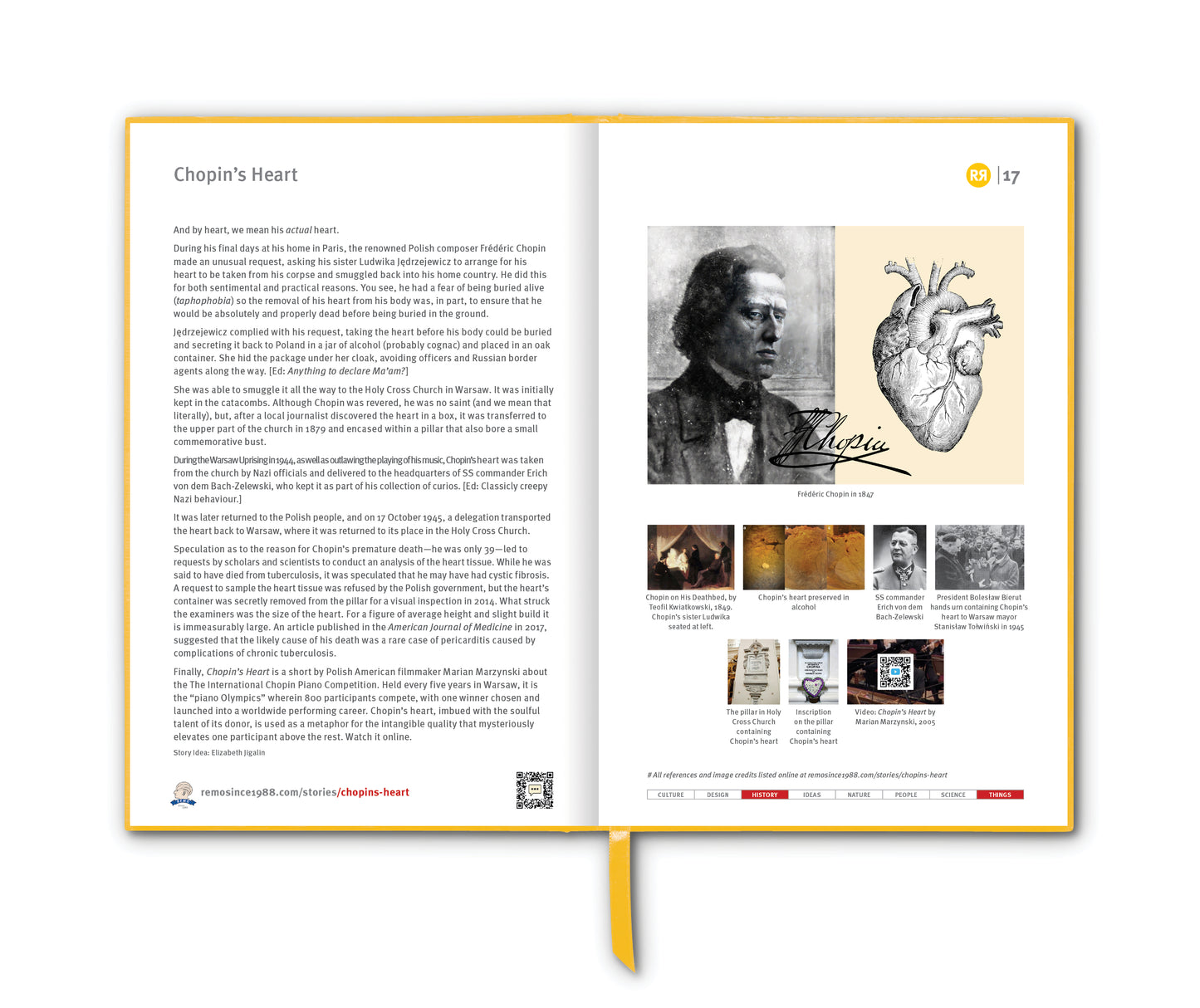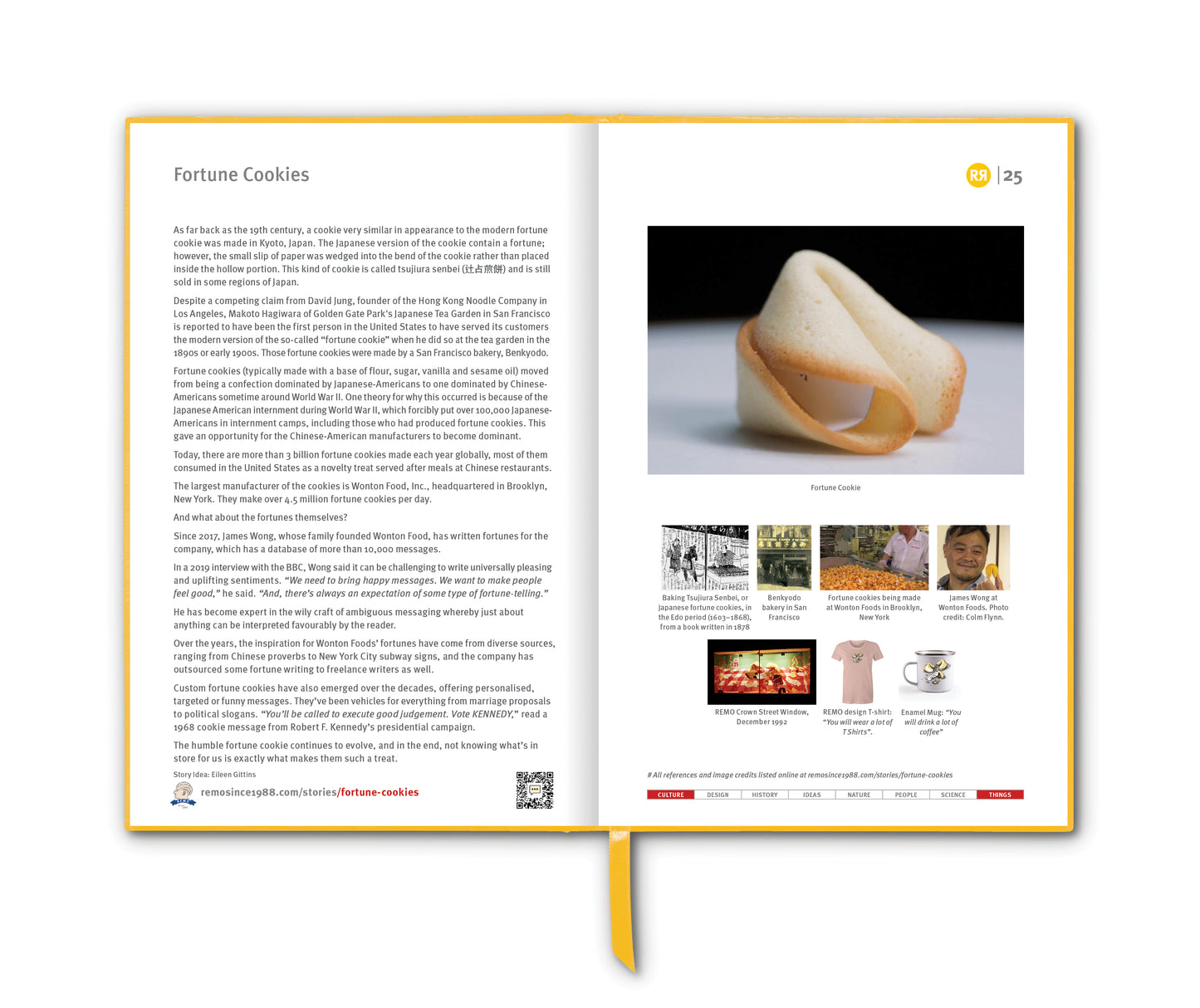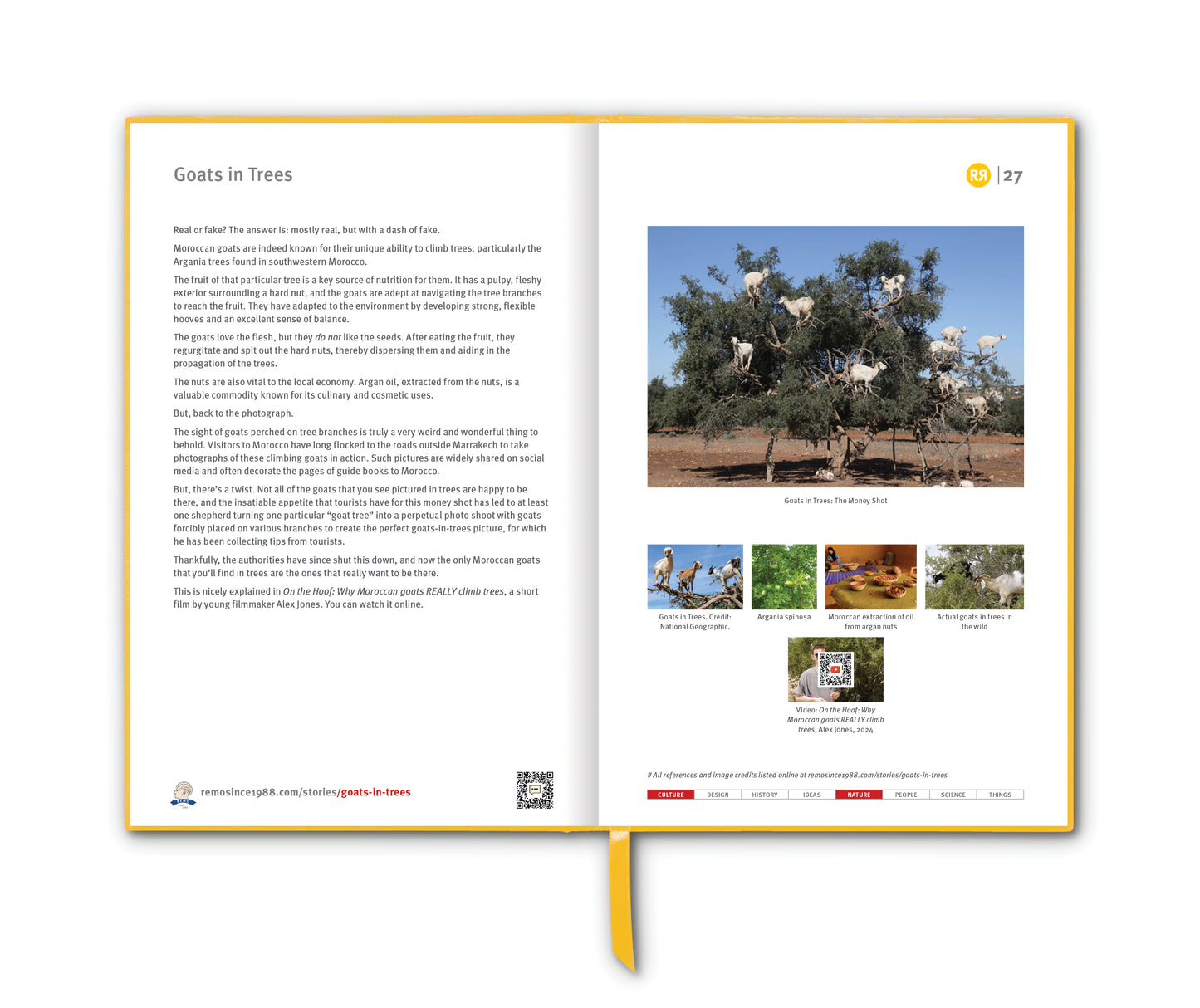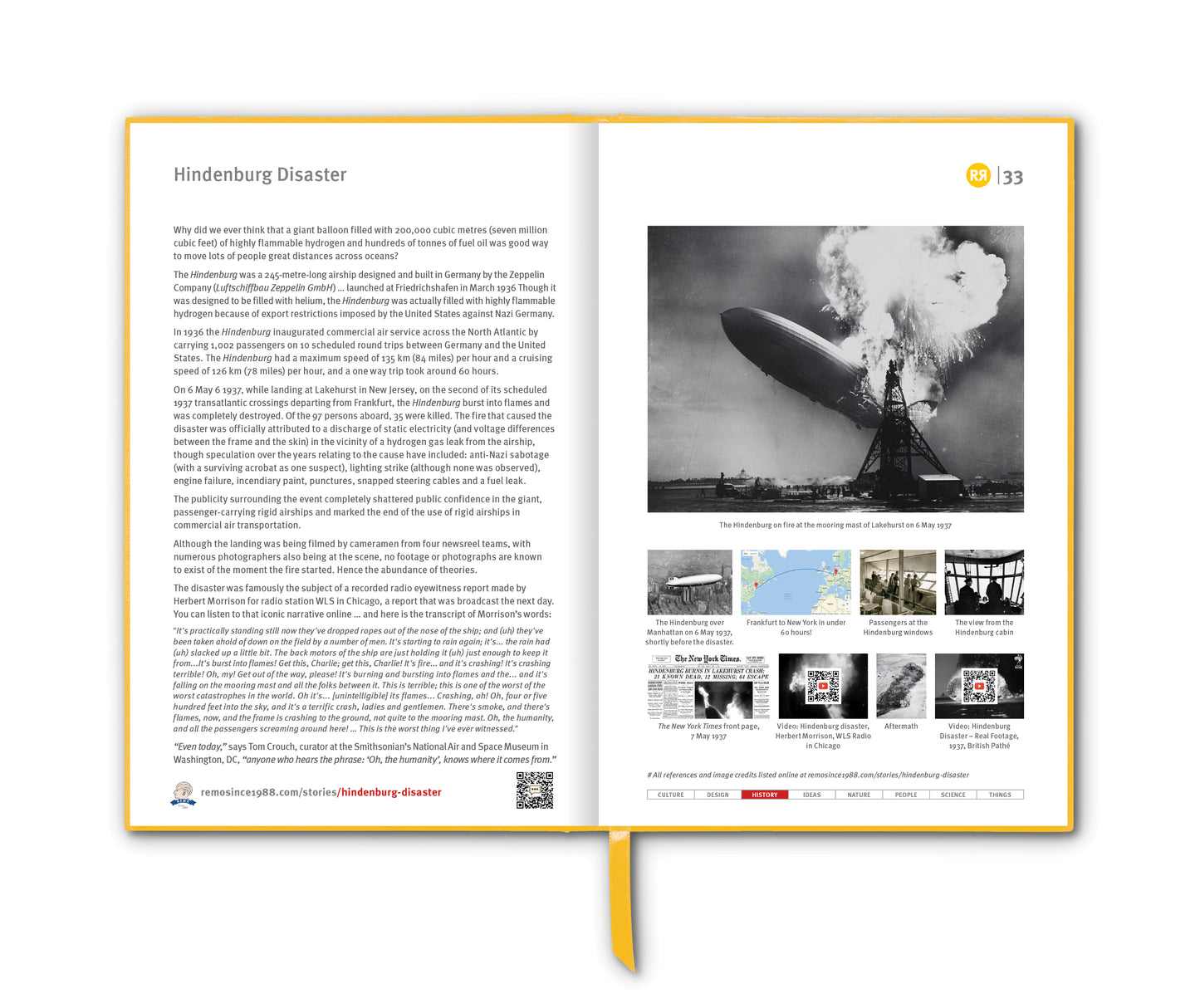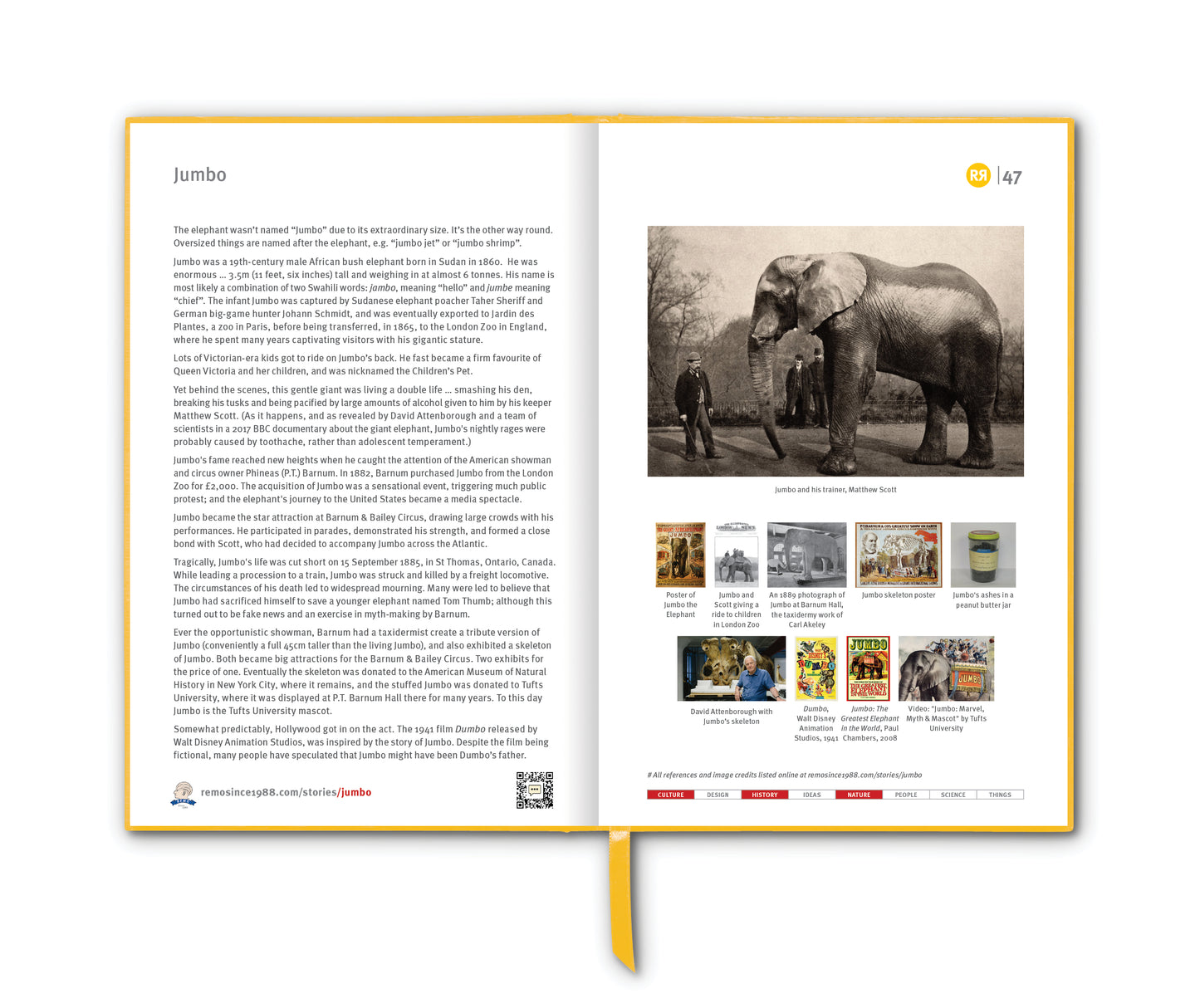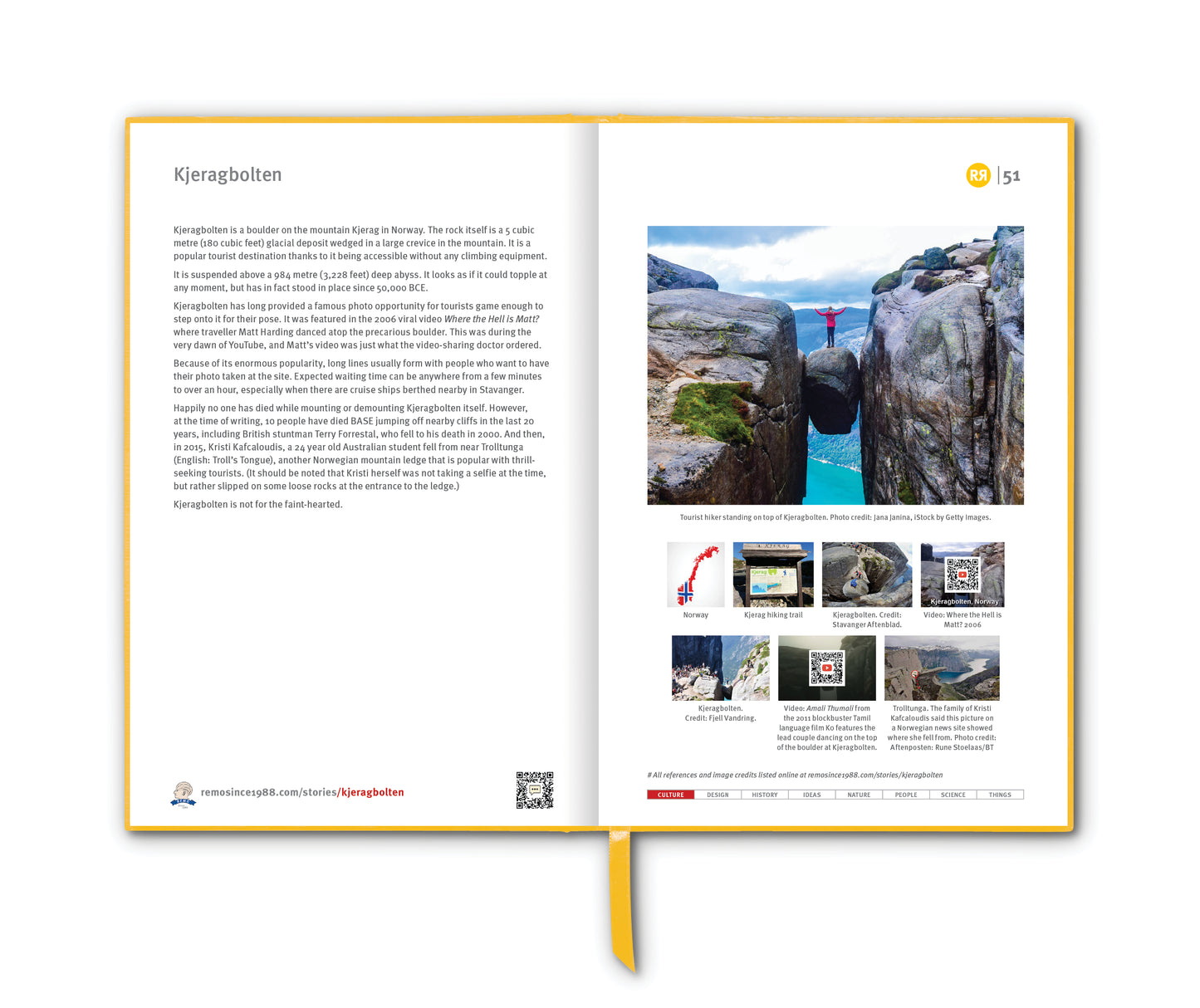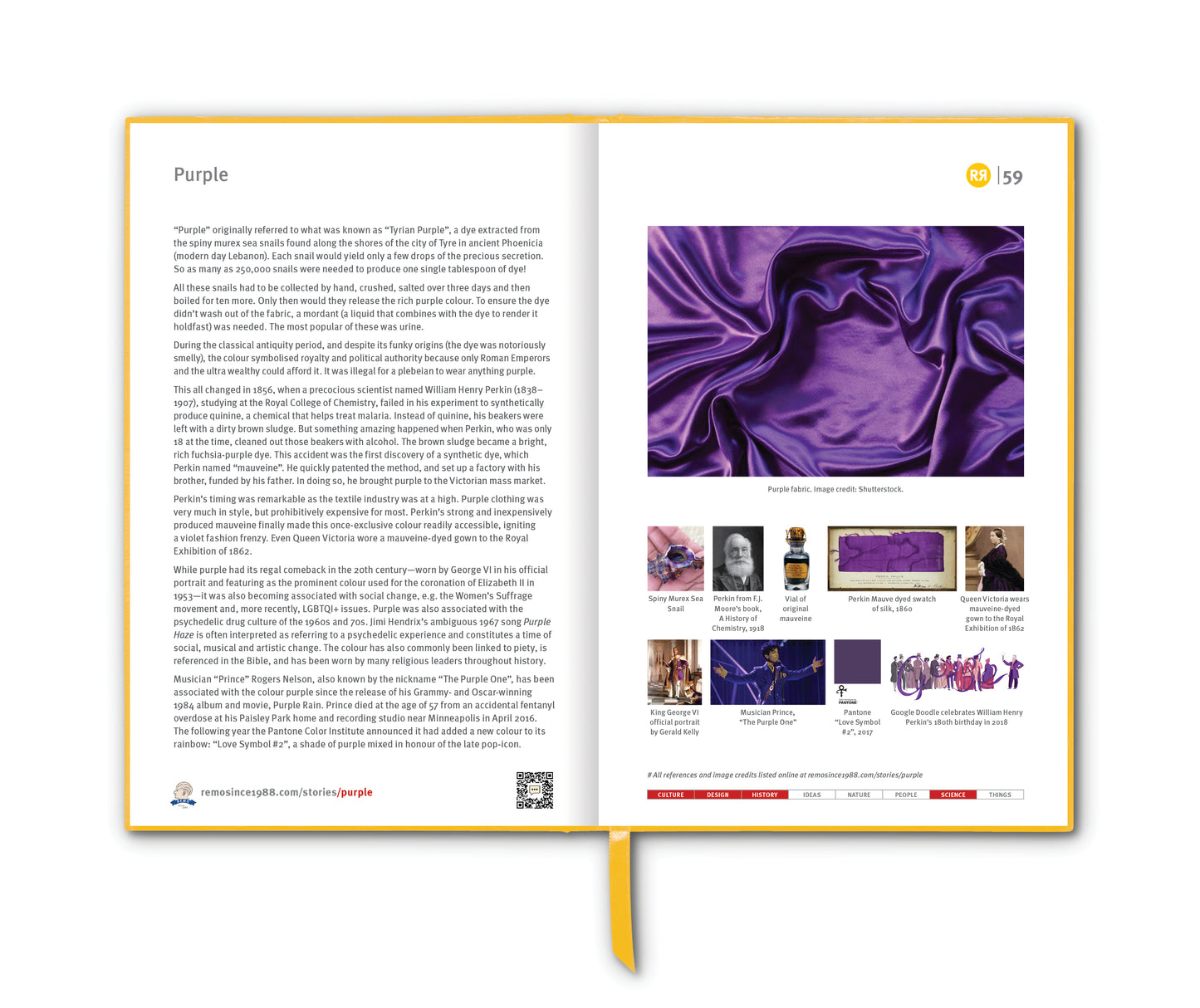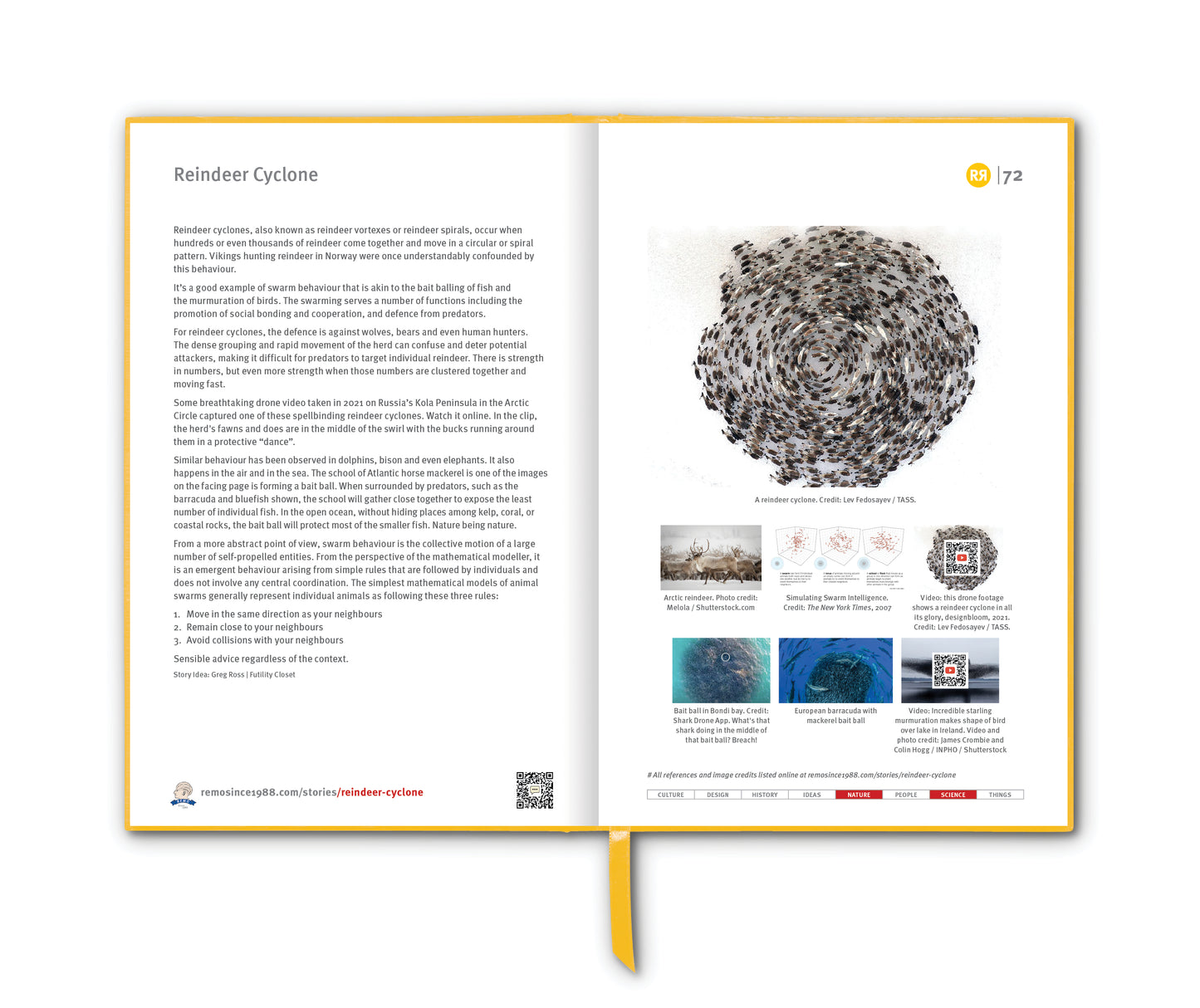What began as a promotional device for the Michelin tire business at the turn of the 20th century has grown into an authority on global fine dining. Since its first publication in 1900, more than 30 million copies of the Michelin Guide have been sold, rating over 40,000 establishments in over 25 countries across four continents.
The original purpose of the guide was to encourage car travel in France and, by extension, to boost demand for cars and tires. The guide included maps, information on accommodation, and tips for motorists, such as where to find fuel and how to change a tire.
In 1920, the Michelin brothers, Édouard and André, decided to include restaurant recommendations in the guide. Initially, these recommendations were primarily intended for French motorists and focused on inexpensive roadside eateries. Over time, however, the guide evolved to include fine dining establishments and became highly influential in the culinary world.
The Michelin star rating system was introduced in 1926. Initially, it consisted of a single star, which denoted "a very good restaurant”. In 1931, the criteria were expanded to include a two-star rating for "excellent cuisine" and a three-star rating for "exceptional cuisine”. The stars are awarded based on anonymous reviews by Michelin's team of inspectors, who visit restaurants around the world.
According to John Colapinto in a 2009 New Yorker article exploring the clandestine world of the Michelin inspector:
“Michelin has gone to extraordinary lengths to maintain the anonymity of its inspectors. Many of the company’s top executives have never met an inspector; inspectors themselves are advised not to disclose their line of work, even to their parents (who might be tempted to boast about it); and, in all the years that it has been putting out the guide, Michelin has refused to allow its inspectors to speak to journalists.”
The pressure to retain Michelin stars can be immense, as the loss of a star will almost inevitably have a significant impact on business. It is widely believed that French chef Bernard Loiseau committed suicide in 2003 after hearing the rumor that his three-star restaurant, La Côte d'Or, would be demoted to two stars.
The Michelin Guide has faced criticism and controversy over the years, primarily related to its subjective criteria for awarding stars and the lack of transparency concerning the qualifications of its inspectors.
Also, since 2010, and in an effort to improve its business model, Michelin has been pursuing “partnerships” with cities and regions to determine which places will be covered by a guide. So, while it is still true that individual restaurants can’t buy stars, tourism boards and hotel owners can buy the possibility.
Despite its controversies, the Michelin Guide continues to be prestigious and influential making a significant impact in the culinary world, and helping to elevate the status of restaurants and chefs around the globe.
Story Idea: Melanie Giuffré
___________________________
References
wikipedia.org/wiki/Michelin_Guide
guide.michelin.com
newyorker.com/magazine/2009/11/23/lunch-with-m
Images
1. The first Michelin Guide, published in 1900. Credit: guide.michelin.com.
2. André and Édouard Michelin
3. Michelin in Europe
4. The Michelin Man aka "Bibendum" once resembled a mummy-like figure and was often seen raising a glass in his ads with the words "Nunc est Bibendum”, Latin for "now is the time to drink”. This goblet was filled with nails and broken glass, which was meant to be indicative of how tough and hardy Michelin tires were, and that they would not puncture that easily.
5. Nervous chef. Illustration for The New Yorker by Floc'h.
6. Michelin House, a specially commissioned art deco building that served as Michelin's headquarters from 1911 until the company relocated in 1985.
7. The Michelin Man attends the launch of the Michelin Guide for Colorado. The state's tourism office dishes out US$135,000 a year to promote the Michelin Guide.
8. New York City 2 and 3 Michelin star restaurants featured on the Michelin website
